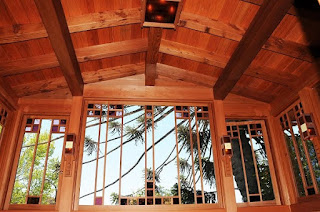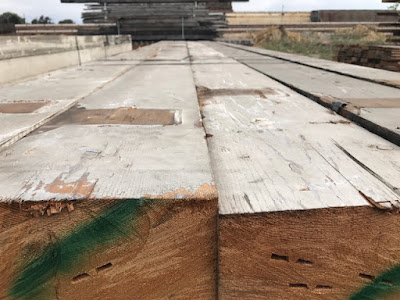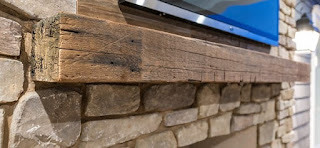At The Lumber Baron, we take pride in our assortment of reclaimed lumber, including hand-picked redwood, cedar, and Douglas fir. For beams and ceilings, our selection is perfect, providing you with a green building project with natural beauty and historic appeal as part of the bargain. If you prefer managed lumber, we also offer a variety of green and kiln-fired lumber to choose from.
Custom Cuts and Milling
Unlike those big box
stores, The Lumber Baron has a sawmill on
location. This means that we can make custom cuts, provide you with longer
lengths, and surface your lumber to your individual needs. Whether you want
rough cut lumber for exterior work, the perfect redwood beam for your interior
ceiling, or a rustic ceiling made entirely from reclaimed lumber, we can provide
you with the lumber options and resurfacing for a perfect outcome.
Lumber Grade and Ceiling Material
When it comes to a
hardwood ceiling, keeping the number of knots to a minimum is crucial. The
Lumber Baron carries reclaimed lumber in 6 different grades, from many knots and edge sapwood to clear
lumber with few to no blemishes. Come in and talk to us about your plans, and
we will help you select the ideal reclaimed lumber for the job.
Where Reclaimed Lumber Comes From
The Lumber Baron’s
selection of reclaimed lumber was originally cut from virgin old-growth forests
on the western side of the country. We
hand-pick the best cuts of lumber from decommissioned buildings,
bridges, and other historic locations. In many cases, the original mill marks
can be found on whole timbers, and there are occasional bolt holes or unique
coloration caused by the the original application, such as bridges or wine
vats. We can mill the lumber onsite to meet your specifications or modern
lumber measurements.Since 1981, The Lumber Baron has provided exceptional lumber to customers in the Bay Area. We have built our reputation on quality lumber and unique material that is not available in chain lumber stores. To find out more about using reclaimed lumber in your interior ceiling, please stop by and visit us today.




